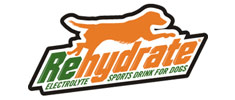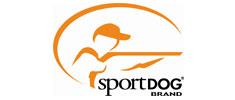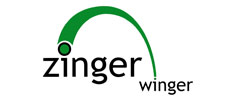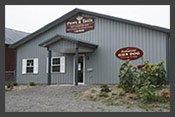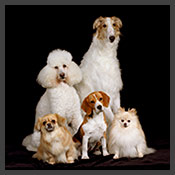- demolyneaux@stny.rr.com
- 607-349-8794
Dave's Gun Dog Training Articles
Alternative to Force Fetch Training by Dave Molyneaux
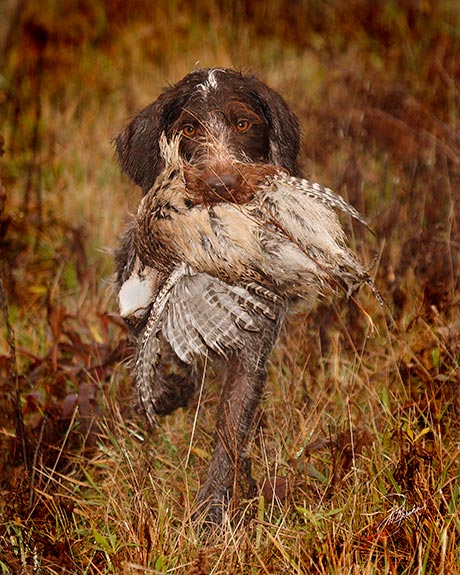 The process of teaching a dog to Force Retrieve has, over a period of time, achieved a poor reputation. It is no secret that a certain degree of pain is involved for the pup to conform to our precise demands. This means, straight out, straight back, and drops the object into my hand on command. When a dog is sent for a retrieve, it is never asked. The voice inflection is a stern demand, with no exceptions. There is little doubt that a finished force retrieved dog is a very reliable companion.
The process of teaching a dog to Force Retrieve has, over a period of time, achieved a poor reputation. It is no secret that a certain degree of pain is involved for the pup to conform to our precise demands. This means, straight out, straight back, and drops the object into my hand on command. When a dog is sent for a retrieve, it is never asked. The voice inflection is a stern demand, with no exceptions. There is little doubt that a finished force retrieved dog is a very reliable companion.
Not everyone is comfortable with this method of training a dog to retrieve. Several people and dogs alike are sensitive to the thought of having their ear pinched until compliant. There is an alternative method of training to retrieve. Ironically, it is performed about the opposite method as the standard force fetch process. The advantage here is the owner does it themselves in a high pitch energetic fashion. Training is done in your yard and with a minimum of pressure. A detailed description of an alternative way of achieving a master level retrieve will follow.
We begin by playing retrieve with the objects your pup is willing to readily carry. Retrieve training is taught by repetition, not endurance. So the distance you cast the object must be close enough that you always have control of the situation. Speaking of control, you will want to have a check cord attached to your dog to reel him in should he have other ideas. Remember, simply picking up something and dropping it at your feet will not do, and what little pressure is applied starts at this point.
After a few short fetches, place the object into your dog’s mouth and heel around the yard. If the object is either dropped or spit out, immediately jam it back into the jaws and tap the lower jaw closed. The purpose of sharply bumping the lower jaw is to be an irritant and get your point across, not necessarily to inflict pain. At the same moment you tap the lower jaw closed, say the word “hold” in a commanding voice. This is not a request—remember this is a command. At this point in training, do not get upset or show emotion if the pup doesn’t retrieve to your hand. Our main concern is to have the dog carry the object willingly without dropping it.
So far we have been working with the pup’s favorite objects, developing the concept that everything is happy-happy walking and holding objects. Frozen bobwhites are interjected as an object mixed in along with the dog’s favorite toys. When your pup will accept frozen birds, progress to thawed out birds. Expect to loose ground whenever the bird is chosen. Simply go through the same routine and be consistent. Keep each and every lesson short, fun, clapping your hands, and never over 15 minutes long.
Encouragement, excitement, and praise are the foundation behind our reward system. Use a high pitched voice to bring out the dog’s desire to please its owner. It cannot be emphasized more how important it is to express praise and encouragement.
Up until now, nothing has been spoken about delivery to hand. There is an easy method of bringing your pup consistently within easy reach. The most highly advised retrieve is to encourage your pup to jump up placing its forefeet onto your chest. This not only brings a bird to hand but, practically puts it in your pocket. Other advantages are that you are up close and personal to deliver praise and a treat if you feel it is necessary in exchange for the bird.
Training to retrieve is no different than any other form of dog training; it is a step-by-step process. Do not over load your demands to deliver to hand until your pup is relaxed and carrying birds around at a heel.
Training with dead birds is one thing, but we must advance to working with live birds as well. Again we want to use a bird that does not intimidate the dog (like a pheasant) and is also a bird he will encounter in the field or hunt test. Bobwhites are hobbled to prevent the distraction of chasing the bird around with the use of a simple bread tie. To prevent the bird from flying off wing clipping is necessary. Plucking the wing feathers on only one wing or folding one wing together with a rubber band will work fine. This is our last phase of working with our pup to obtain an energetic retrieve without the pain and intimidation of the standard method of force fetch retrieving. Back to Training Articles List








